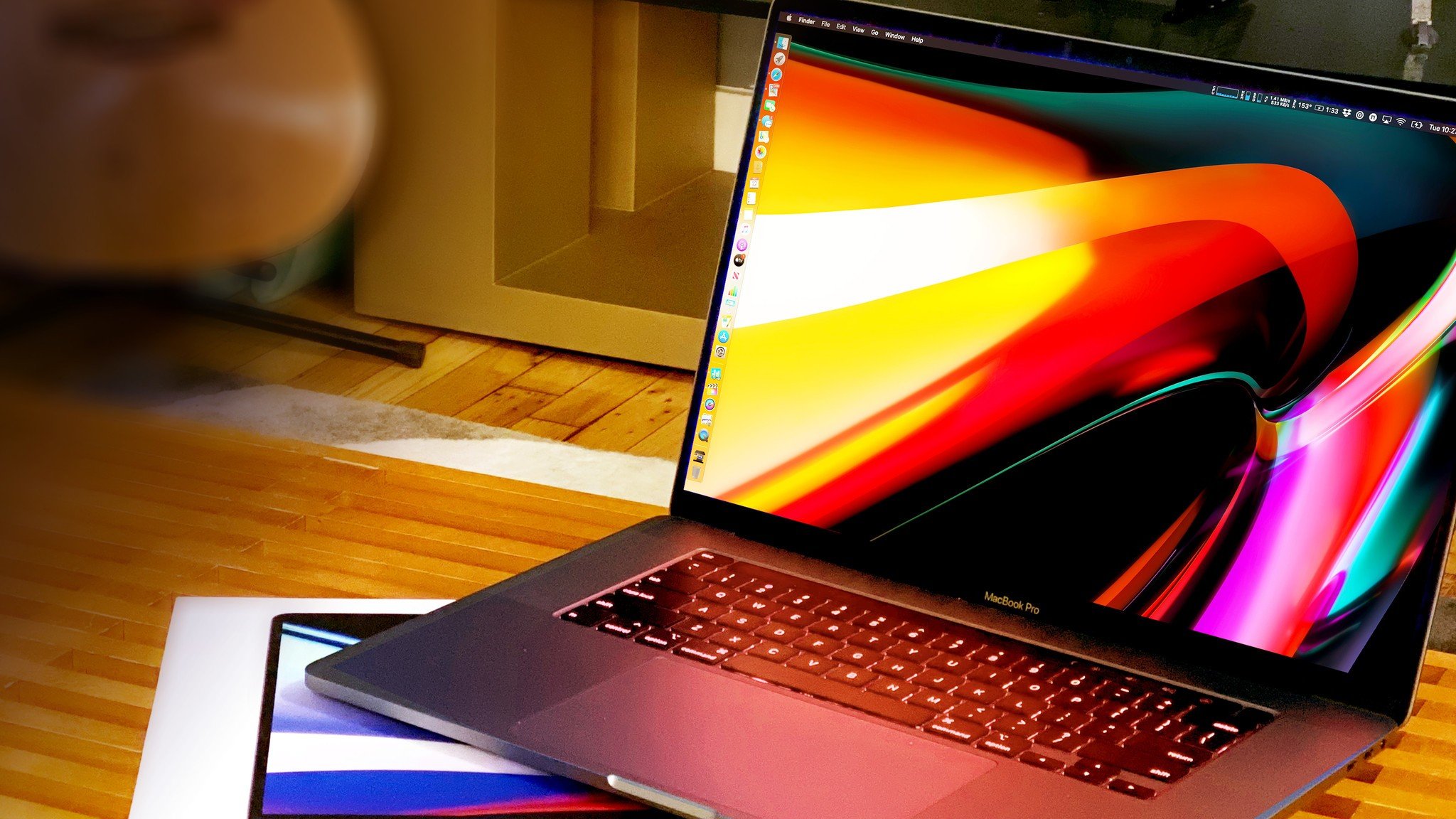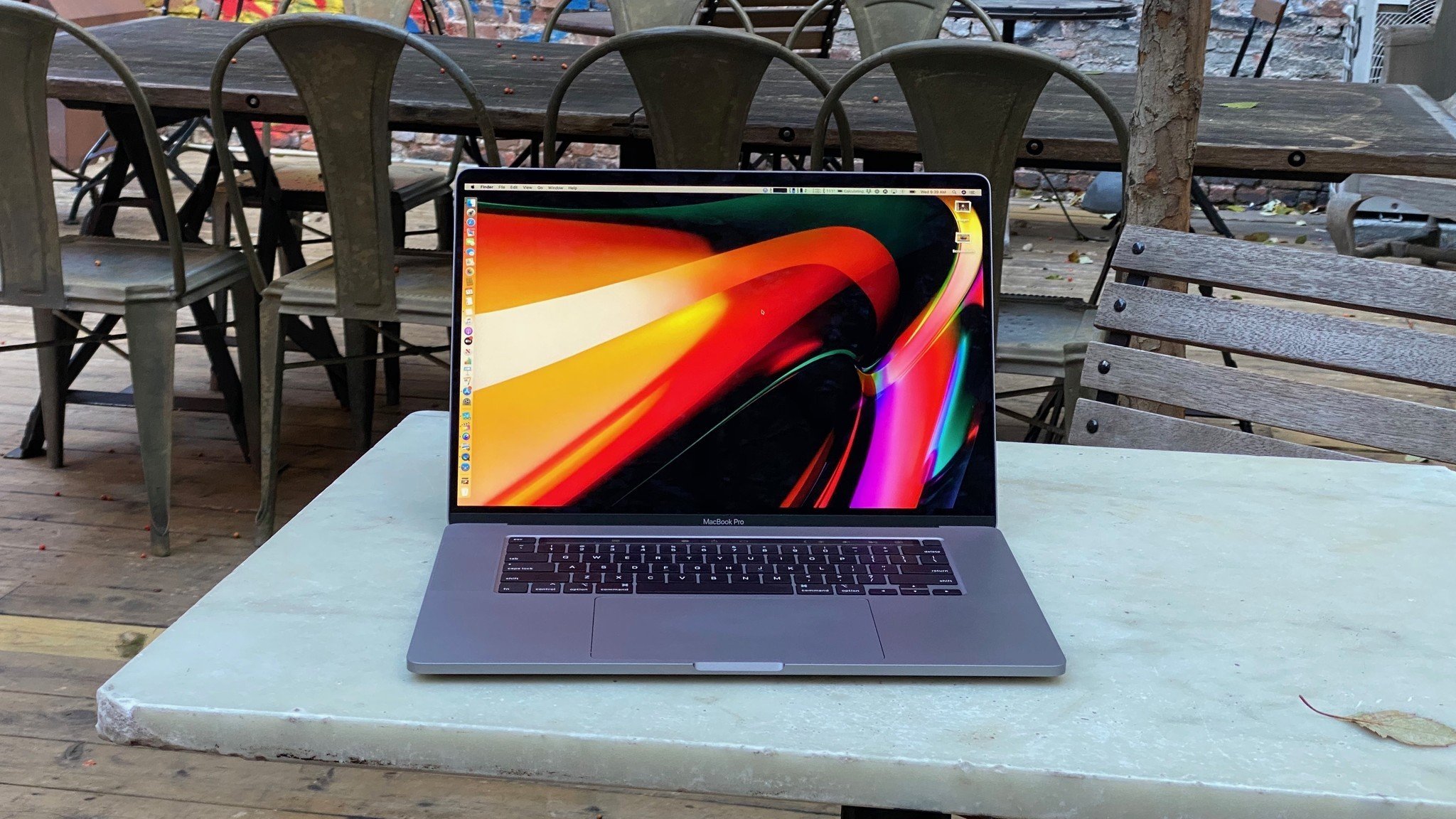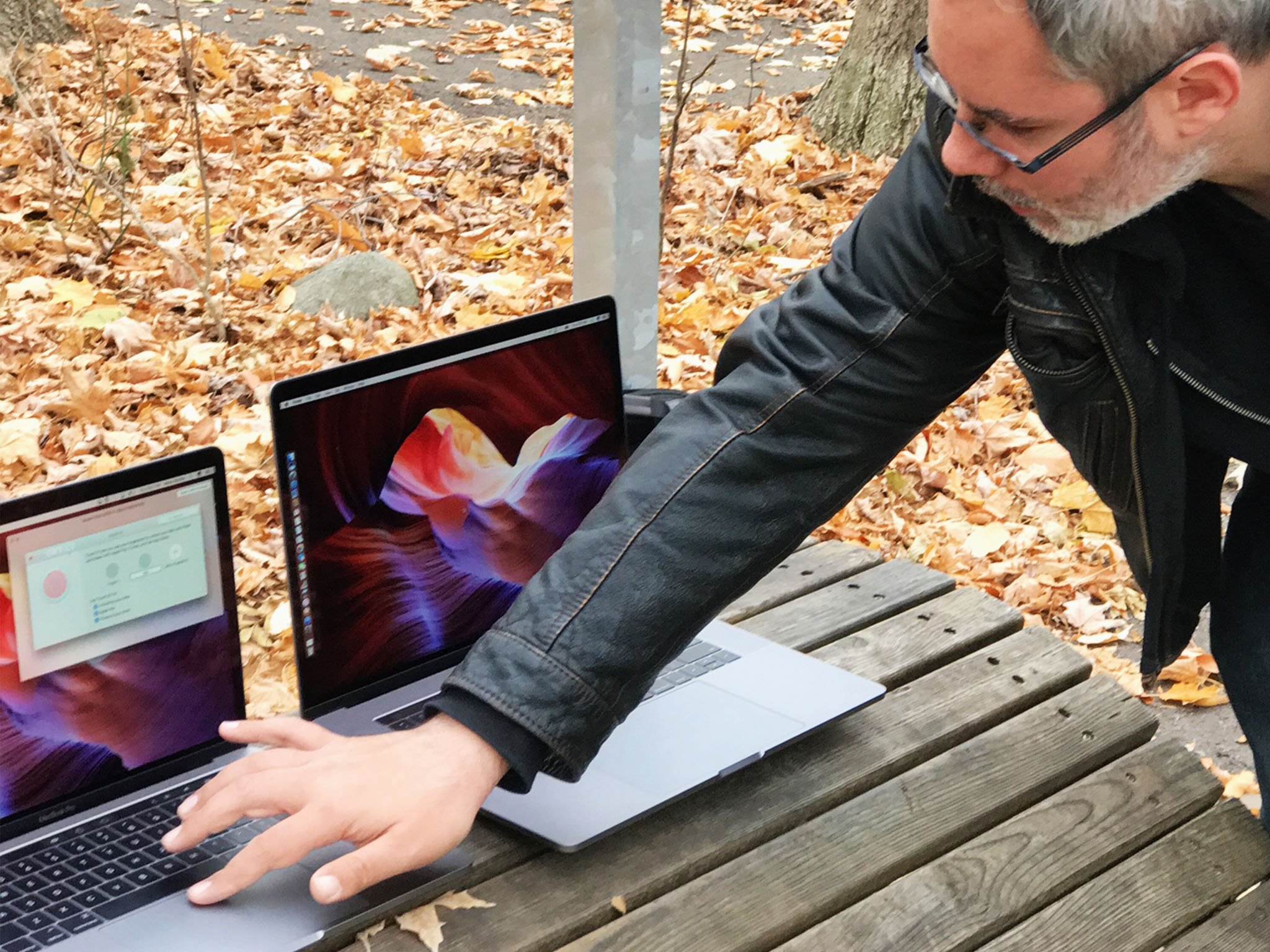When the time comes to move to a new computer, follow these steps.
Setting up a new MacBook Pro doesn't have to be a scary process. Thanks to iCloud, the Mac App Store, and other cloud-based storage providers like Dropbox, this premise isn't nearly as terrifying as it used to be. But there are still a few steps you're going to want to make sure you go through when setting up your new laptop from scratch.
Here are the steps you should follow to get your computer up and running.
- Set up your computer
- Reauthorize your internet accounts
- Customize your System Preferences
- Check for Software Updates
- Redownload Mac App Store apps
- Set up your password manager
- Customize the Finder, Safari, and other app views
- Add Safari extensions
- Log in to common websites
- Make sure Messages is sending from the right iCloud address
- Sign into Music and Photos
Step 1: Set up your computer
Before you can get to the fun of customizing your Mac, you should probably unpack it and set it up first. Logging into iCloud here will start the process of syncing your keychain, internet accounts, and Desktop & Documents folders (if you have them active), so it's good to do right off the bat.
Step 2: Reauthorize your internet accounts
iCloud will sync all your internet accounts from another Mac, but any non-Apple account will have to be reauthorized (read: password re-entered) before you can use them again. As such, doing this first in a new machine is ideal.
- Open System Preferences.
- Select the Accounts icon.
- Click on the Account you wish to activate and check the appropriate boxes (Mail, Messages, Notes, and the like).
Repeat for each account you wish to reauthorize.
Step 3: Customize your System Preferences
While you're in System Preferences, you might as well customize some other aspects of your system. This includes, but isn't limited to:
- Whether you want Dark Mode for your toolbars (General)
- Changing your desktop picture and screensaver (Desktop & Screen Saver)
- Your Dock size and preferences (Dock)
- FileVault and Gatekeeper (Security & Privacy)
- Notification preferences (Notifications)
- How long you want the display to stay on before sleeping (Energy Saver)
- Touch Bar customization (Keyboard)
- Enable Dictation (Keyboard)
- Multitouch gesture customization (Trackpad)
- Alert sounds (Sound)
- Turn on Back to My Mac (iCloud, Sharing)
- Add other cards to Apple Pay (Wallet & Apple Pay)
- Customize your app preferences (App Store)
- Add VPNs if necessary (Network)
- Pair any Bluetooth accessories like headphones (Bluetooth)
- Add any other fingerprints (Touch ID)
- Add additional user IDs (Users & Groups)
- Add any restrictions (Parental Controls)
- Change Siri preferences (Siri)
- Set up Time Machine (Time Machine)
- Add any Accessibility preferences (Accessibility)
Step 4: Check for Software Updates
New Macs should ship with the latest and greatest software, but on the off-chance you're not on the latest version, check for new updates:
- Go to the Apple menu in the top left corner.
- Select App Store.
- Click on the Updates tab.
- Install all necessary updates.
Step 5: Redownload Mac App Store apps
Next, you should redownload Mac App Store apps that you need on the new computer.
- Go to the Apple menu in the top left corner.
- Select App Store.
- From any tab in the Store, click on your Profile at the bottom left of the screen. (You may have to sign in to iCloud again.)
- Download any previously purchased apps you wish to install on your Mac. Look for the download symbol.
Step 6: Re-download non-Mac App Store apps
If you use any Adobe products or other non-Mac App Store items, you won't be able to re-download them from the App Store: Instead, open Safari and download them from their respective websites. A big one here is Dropbox: Not only is it good to get your folders synced, but if you use Dropbox for syncing your information (say, 1Password), you'll want it installed so that your passwords are easily accessible.
Step 7: Set up your password manager
Before you get into customizing Safari and your other apps, make sure you can sign in to all of them by setting up your password manager. (You do have a password manager, right? If not, now is a great time to think about getting one, so you don't have to scrounge for passwords any time you need to set up a device from scratch.)
Step 8: Customize the Finder, Safari, and other app views
The View menu allows most app windows to be pretty thoroughly changed, depending on your preference; a must-customize list includes Finder, Safari, and Mail, but pick the apps you use most often to fix first!
This is also the time you might want to customize the Touch Bar for each app, if you have a compatible Mac, and or add Favorites to Mail's toolbar (which don't sync via iCloud, for some reason).
Step 9: Add Safari extensions
Most of us use at least one Safari extension on our Macs, whether that's a Pinterest pinner, Buffer socialer, or ad blocker. After you've customized Safari, it's a great time to configure your Safari extensions.
Step 10: Log in to common websites
Whether your internet addiction includes Facebook, Quora, Twitter, Google, or Reddit, chances are there's a web service you can't live without. Go ahead and log into those now, so you don't have to worry about scrounging around for two-factor codes. (You do have two-step authentication set up, right?)
Step 11: Make sure Messages is sending from the right iCloud address
When you set up a computer from scratch, you lose out on a key part of your history: your iMessage archive, which is encrypted and only synced as part of an iCloud backup. As such, you'll need to re-customize your Messages settings, including which address you send from by default. Otherwise, people may not understand why "icloudjokeaddress@icloud.com" is suddenly sending them iMessages.
Step 12: Sign in to Music and Photos
Want to use Apple Music and iCloud Photo Library? You'll need to open Music and Photos before doing so and likely log in with your Apple ID and password.
Step 13: Enjoy your new Mac!
After all that customization, take some time to enjoy using it! It's new and shiny, after all.
(And then maybe make a backup, so you don't have to set up from scratch again.)
What's on your must-customize list?
That's the list! But what do you folks do when setting a computer up from scratch? Let me know in the comments.
Updated May 2020: Includes information for macOS Catalina and new MacBook Pros.
Make your new Mac truly yours by customizing the settings the way you want posted first on http://bestpricesmartphones.blogspot.com














No comments:
Post a Comment